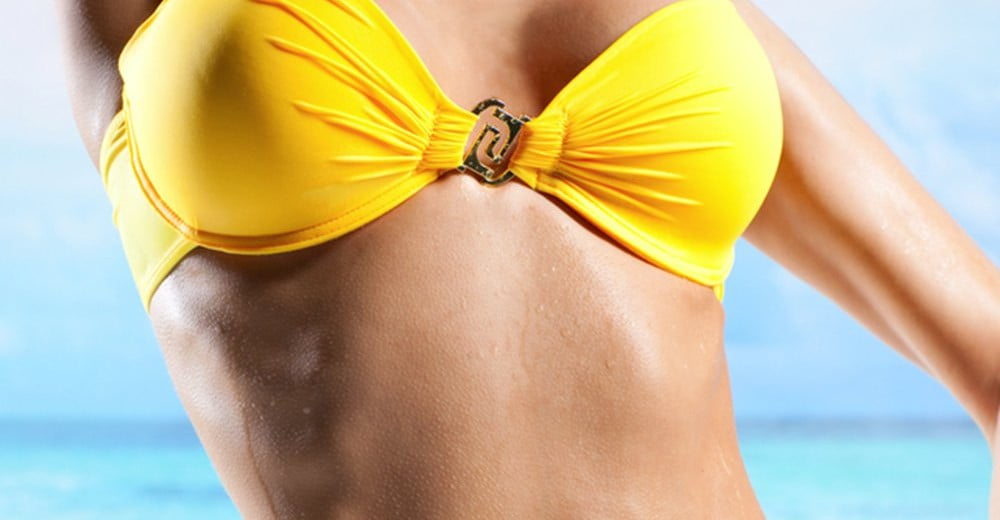Breast augmentation is a very common cosmetic surgery operation. Chances are most of us know someone who has had the surgery. As such there is a great deal of community awareness about the different options available to a patient but less is known about consequences of the different options.
What are the options? Options include: scar location, site of pocket, breast implant surface, breast implant contents and breast implant shape.
Scar location. The different options for scar location are the inframammary fold (fold beneath the breast), the axilla (armpit) and peri-areolar (just below the nipple). The inframammary fold offers the lowest rate of capsular contracture, implant malrotation and the need for revision surgery. The umbilicus (belly button) is a fourth option, although this remains unpopular in Australia.
Site of pocket. Essentially the choices are under or over the pectoralis major muscle, and there is less capsular contracture with the former compared with the latter.
Breast implant surface. The options are textured or smooth and the texted implants have fewer complications compared with smooth implants. Polyurethane coated breast implants ("furry Brazilians") are also available which claim to have a low rate of capsular contracture.
Breast implant contents. Silicone and saline are the two different options available to patients in terms of the contents of breast implants. The science behind the bad press associated with silicone implants in the early 1990’s has long since been disproven. Modern silicone breast implants are very safe.
Breast implant shape. Choices are round or anatomic (tear drop). Malrotation is more common with anatomic implants, particularly in revision breast augmentation operations.

